Temperature is the most frequently measured variable in the process industries. From refinery furnaces and polymer reactors to gas-turbine exhausts and pharmaceutical bioreactors, an accurate reading safeguards product quality, energy efficiency, and plant safety. But sensors, thermowells, and transmitters do more than feed control loops; they’re made up of alloys, ceramics, and electronics whose extraction and disposal carry an environmental cost. Extending their life and recovering their value is a textbook circular-economy opportunity.
This article tracks a temperature-measurement system through three stages—manufacture, use, and end-of-life—showing how each stage can be engineered for lower material demand, longer service, and easier recovery.
Building longevity from day one
Clean-room precision. Even microscopic contamination can shift a sensor’s calibration in high-tech industries such as semiconductor fabrication or pharmaceutical synthesis. This is one of the reasons why we manufacture and assemble RTD and thermocouple elements in ISO-class clean rooms. The same protocols that protect accuracy also drive waste reduction.
LEAN Six Sigma production. Sensor manufacturers can also adopt LEAN Six Sigma into their flow lines, which is another important aspect of how we manufacture our temperature assemblies. We map every step for value and eliminate scrap, excess machining passes, or over-packaging. Fewer defects mean fewer discarded parts.
Refurbishment during manufacture. A growing number of orders arrive at Thermo Electric as “remanufacture” rather than brand-new builds. Returned thermowells can sometimes be bead-blasted to bare metal, inspected, and re-machined if dimensions allow. Fresh elements and tubes are brazed or set into the existing pocket, cutting lead time and additional materials. One gasification reactor project we completed recently cut raw-material demand using this exact approach.
Material choices: alloys, ceramics, and coatings that last
Selecting the correct metallurgy or ceramic is the single most powerful lever for sensor life. It prevents premature failure, reduces the cadence of shutdowns, and postpones recycling to a later, more valuable date.
Alloys for harsh duty
- Inconel® 600/625 withstands hot, high-velocity sour-gas streams in refineries and LNG plants.
- Hastelloy® C-276 resists chloride-rich and oxidising acids in chemical reactors.
- Duplex stainless 2205 balances cost and corrosion resistance for offshore produced-water heaters.
Noble-metal thermocouples
Type R, S, and B sensors use platinum-rhodium alloys that survive up to 1600 °C. Though expensive, their stability extends calibration intervals and keeps hazardous furnaces online longer between outages.
Technical ceramics and coatings
Silicon-nitride or alumina protection tubes shrug off molten glass or coal-gasifier slag. Where metal alloys would erode within weeks, ceramics run for years. In less extreme cases, thin PFA or PTFE sprays on a stainless thermowell form a sacrificial skin that delays corrosion without adding bulk.
By matching material to duty, plants can avoid the most wasteful outcome: early failure that dumps a still-valuable assembly into the scrap bin and forces an unscheduled shutdown.
Designing for service: maintenance without waste
The circular economy rewards products that are easy to inspect, calibrate, and repair. Temperature assemblies score well here—when they are specified thoughtfully.
For example, a thermowell lets technicians withdraw the sensor while the line stays live, so calibration or replacement becomes a routine task rather than a costly plant outage. That single feature multiplies the usable life of both the sensor and thermowell.
Standards that prevent fatigue scrap
ASME PTC 19.3 TW-2016 outlines a wake-frequency calculation to keep vortex-induced vibration below fatigue limits. Thermowells that clear the standard rarely fail in service, eliminating alloy waste and the CO₂ tied to emergency fabrications. Newer geometries, helical strake or twisted-square stems, push durability further by slicing vibration amplitude up to 90%.
End-of-life and beyond
Even the toughest sensor must be replaced eventually, but retirement does not necessarily mean the scrap heap.
Many bar stock thermowells retain full wall thickness after years of service. A bead blast and ultrasonic inspection often clears them for reuse. When metal loss is too great, high-nickel alloys fetch premium prices from recyclers, offsetting the cost of the replacement unit.
Designing for disassembly
We laser-mark material grades and other information onto our assemblies, which makes alloy identification easier when it comes to recycling. In addition, our N-U-N, and threaded rather than welded-in transmitter adapters allow electronics to be unscrewed and returned under exchange programmes if required, keeping printed circuit boards in circulation.
Putting circular principles into practice
- Engineers can specify durable materials and vibration-safe designs during project FEED, ensuring long service from day one.
- Maintenance teams can use transmitter diagnostics to shift from reactive to predictive sensor care, minimising both waste and downtime.
- Procurement can favour suppliers that offer refurbishment programmes and document recycled content.
- Manufacturers can invest in clean, lean production lines and take-back schemes that monetise alloy recovery.
None of these steps sacrifices measurement accuracy; all enhance long-term reliability. The result is a temperature system that keeps critical processes on spec and valuable materials circulating in the industrial ecosystem.
Wrapping Up
Circular-economy thinking naturally fits temperature instrumentation. The sector already prizes longevity, precision, and safe maintenance; these are all traits that conserve resources. Companies can shrink their environmental footprint while maintaining safety and uptime by pushing this further with sustainable manufacturing, smarter material choices, and life-cycle-aware maintenance and refurbishment. In a world of tightening carbon goals and finite resources, every degree measured reliably and every thermowell given a second life moves industry one turn closer to a truly circular loop.




